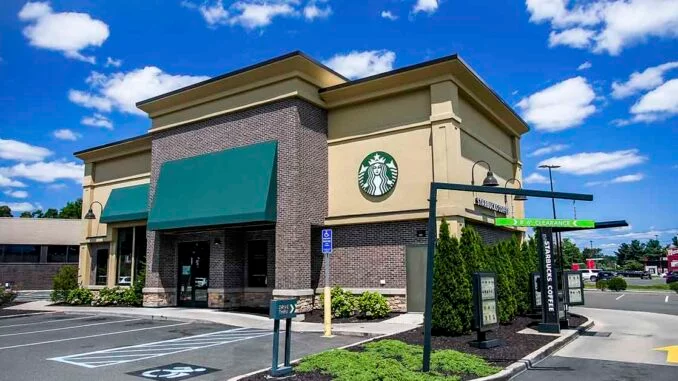Starbucks, a global coffeehouse chain known for its ubiquitous presence, is making waves in the headlines as it announces the closure of 16 locations across several cities, citing safety concerns as the driving force behind this unexpected decision. This move is part of the company’s larger effort to reshape its culture under the guidance of interim CEO Howard Schultz. The decision also comes amidst the backdrop of employee unionization efforts and a focus on addressing pressing societal challenges. In this article, we delve into the details surrounding Starbucks’ surprising decision to close its stores and the various factors that have contributed to this transformation.
Unveiling Starbucks’ Safety Concerns
Starbucks, a cornerstone of countless communities, has revealed its intention to shutter 16 locations across major cities due to concerns over safety.1 The decision to close these stores stems from a series of challenging incidents that have rendered these locations unsafe for continued operation. A spokesperson for the company highlighted, “After careful consideration, we are closing some stores in locations that have experienced a high volume of challenging incidents that make it unsafe to continue to operate“. These incidents have spurred the need for a comprehensive reevaluation of Starbucks’ approach to store operations and employee safety.
Senior vice presidents of US operations at Starbucks, Debbie Stroud and Denise Nelson, acknowledge the complexities facing communities, including personal safety concerns, racism, limited access to healthcare, mental health crises, and increased drug use. These challenges have, at times, manifested within Starbucks stores themselves. To address this, the company is committed to fostering a secure environment for its employees and patrons. Starbucks is undertaking multiple initiatives, including offering active shooter training and other forms of training to enhance employee preparedness.2 Additionally, the company is rolling out mental health benefits, providing access to abortion care, ensuring clarity regarding shifts and store policies, and exploring the possibility of closing restrooms to the public.
The Quest for Transformation
Interim CEO Howard Schultz, known for his influential role in Starbucks’ history, emphasizes the necessity of reimagining the company to ensure a brighter future. Schultz aims to enhance employee experiences and cultivate a culture that prioritizes safety, kindness, and inclusivity. Under his guidance, Starbucks is striving to adopt a radical transformation that resonates with both employees and customers. Schultz’s return to the CEO role for the third time in April has enabled him to engage directly with employees, understand their concerns, and drive initiatives to address those concerns.
Amidst these transformative efforts, Starbucks faces the growing momentum of employee unionization. Over 130 stores, encompassing more than 3,400 employees, have achieved union certification by the National Labor Relations Board (NLRB). This trend underscores the desire of Starbucks employees to voice their needs and advocate for their rights collectively. Schultz has sought to prevent further unionization, urging employees to reconsider joining unions and advocating for non-union stores. Nonetheless, the unionization movement continues to gain traction.
The closure of unionized Starbucks stores in Ithaca, New York, however, has sparked controversy and speculation. Starbucks’ actions have led to the shutdown of all three unionized locations in Ithaca.3 This has raised concerns about the motivations behind the closures, with some suggesting that they may be attempts to thwart unionization efforts. Starbucks workers in Ithaca, as well as in Buffalo, New York, have faced challenges as they engage in unionization endeavors. Allegations of under-scheduling, intimidation, and discriminatory treatment have further fueled the debate surrounding Starbucks’ actions.
A Pivotal Moment for Starbucks
As Starbucks embarks on this journey of transformation, safety concerns, employee well-being, and unionization efforts take center stage. The closure of select stores serves as a pivotal moment in the company’s history, reflecting its commitment to creating safer spaces and a more inclusive environment. The vision set forth by interim CEO Howard Schultz aims to reinvent Starbucks for the future, focusing on employee experiences, kindness, and community engagement. The closures also shed light on the complex interactions between labor dynamics, corporate decisions, and societal challenges that define the contemporary business landscape. As Starbucks navigates these challenges, its actions and strategies will continue to shape its role as a prominent global brand.





